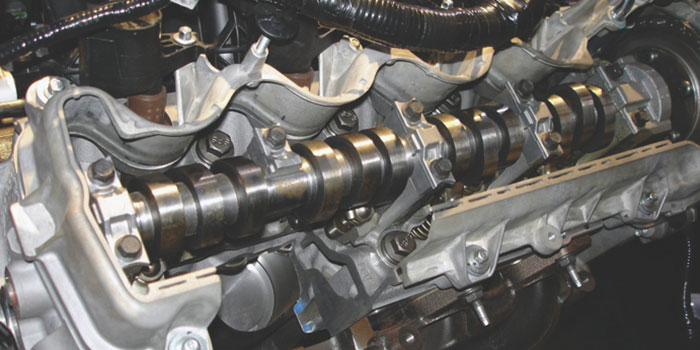Engine Gasket Guide: Are You Pairing The Gasket With The Correct Sealant And Surface?
There are endless combinations of engines, applications and gaskets on the market. But how do you match the gasket with the correct installation procedures? Here is a quick guide on how to match gaskets with the correct sealants and surface treatments.
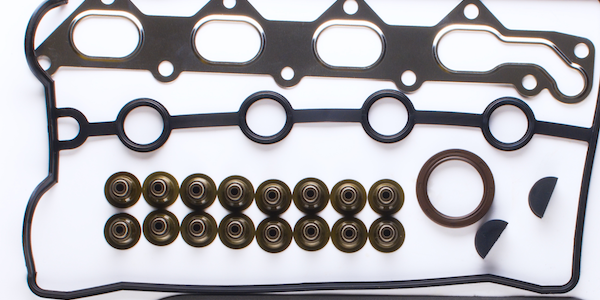
Timing Chain Wear: Why Oil Quality Matters
Without proper timing of internal engine components, the engine will suffer a catastrophic failure. This is what happens when a timing chain or belt breaks.
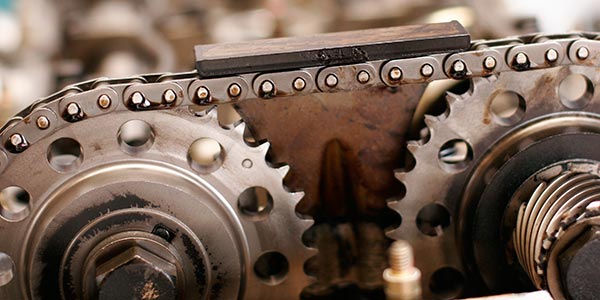
The BMW M12: One Horsepower Per One CC
In 1986, the turbocharged BMW M12 engine for F1 could produce an amazing 1,500hp for qualifying trim. Not bad for a 1,500cc engine. Even more amazing was that they used stock blocks from their road cars to manufacture the engines.
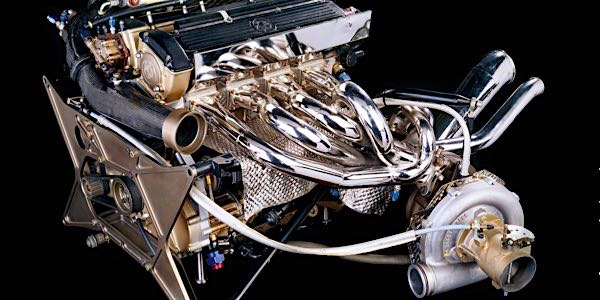
Understanding The Evolution Of Cylinder Head Seat And Guide Machines
Boy, have things changed! Do you remember the many generations of three-angle seat cutters and what we used to get by with? Grinding seats is still needed, but just 10 years ago we were grinding 80 percent of the seats. Though we still grind when necessary, today we cut 90 percent of the seats in the heads. In addition, we also need a good indicator for measuring valve seat runout after we cut the seats. Yes, we use a vacuum tester, but we still need to know what we are cutting for runout when machining seats.
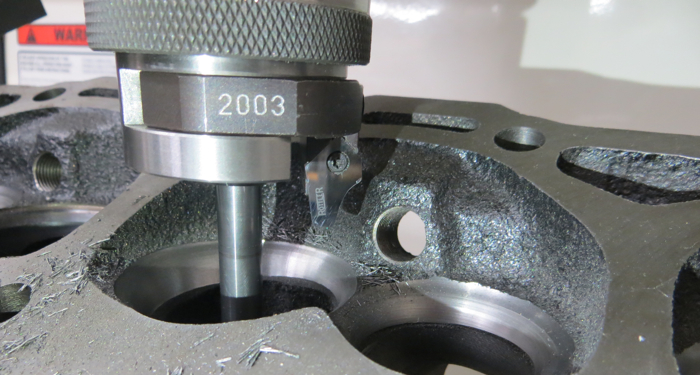
Pro Touring Engine Update
Pro Touring is the niche of niches in the performance world today. And why not, as it’s pretty much anything goes with these truly unique machines. The fundamental theory behind them is to take a car that is not historically significant and update the handling and performance with today’s seemingly endless supply of modernized parts and assemblies. It’s the old idea of putting modern components in an older car.
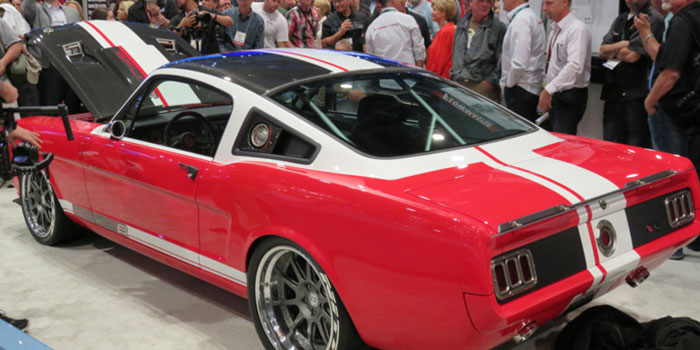
Assembly Lubes And Break-In Oils
Perhaps the most important property of lube oil is its ability to remove heat from a surface where two or more metals are sliding across each other. In much the same way as air flows around cylinder head fins to remove heat, oil flows through a bearing and removes the heat caused by friction. I can’t imagine the destruction which would follow from assembling an engine completely dry.
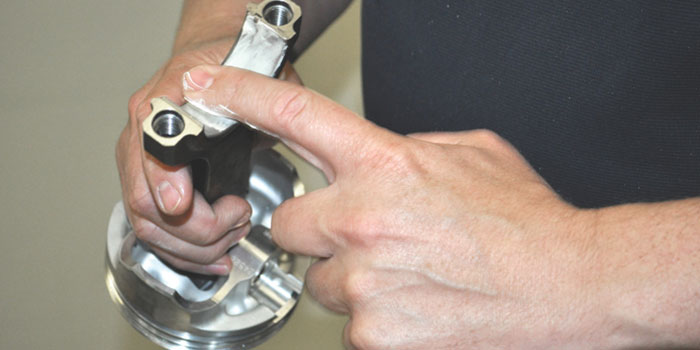
Ford F-150 ECOBOOST 3.5L Pattern Failures
With almost 400,000 3.5L EcoBoost engines on the road today, these engines have proven to be a solid power unit. Many of these engines are out of warranty and heading to your shop. Here are the top failures and what to look for.
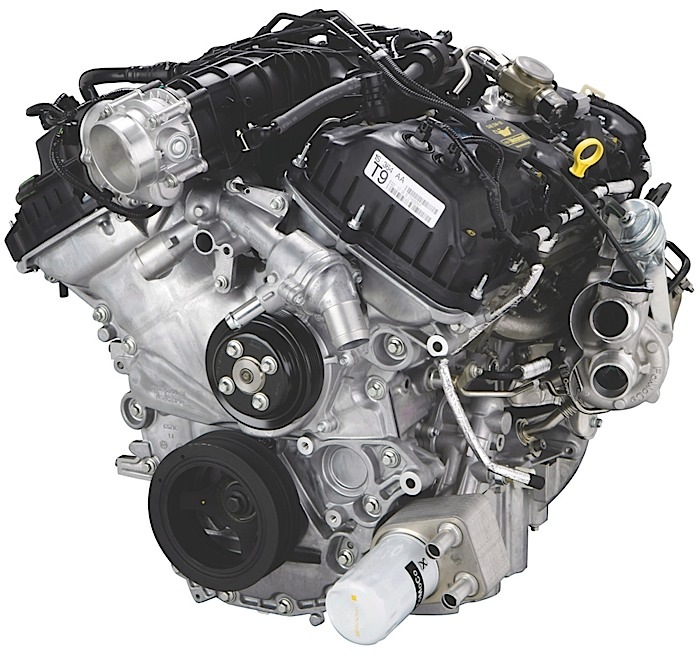
Cylinder Head Design And Selection
Choosing the “right” cylinder heads for an engine build can make all the difference in an engine that delivers and one that falls short of its potential. Horsepower, torque and throttle response all depend on how well the cylinder heads, camshaft and induction system work together. Choose the right combination and you’ll build a winner. Choose the wrong combination and you’ll end up with a mismatch that never achieves what you set out to achieve.
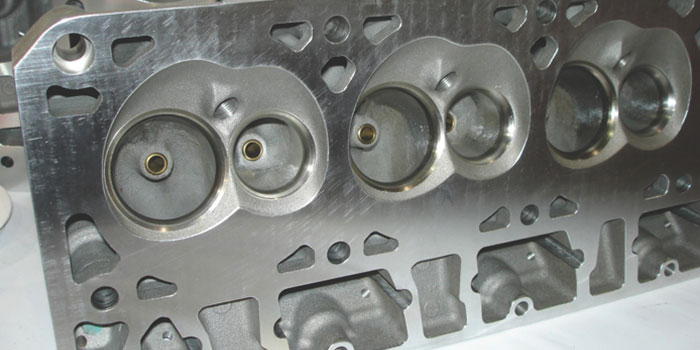
Finding Failing O2 Sensors
Oxygen sensors are some of the most often replaced sensors. Inputs from the O2 sensors are used by the engine management system to adjust the fuel mixture. This is critical for maintaining low emissions and good fuel economy. If an O2 sensor gets “lazy” because of old age or contamination, the computer may not be able to adjust the fuel mixture quickly enough as the engine’s operating conditions change. O2 sensors that are failing tend to read lean, which causes the fuel system to run overly rich to compensate. The result is increased emissions and fuel consumption.
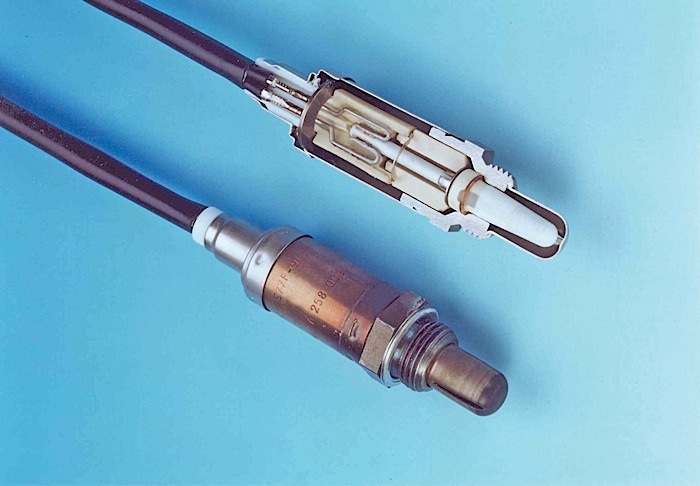
The All-New Ford EcoBlue Engine Is A Diesel Game-Changer
Ford has revealed the first new EcoBlue advanced diesel engine that will offer optimized fuel efficiency and reduced CO2 and NOX emissions for customers, using sophisticated technologies and innovative design.
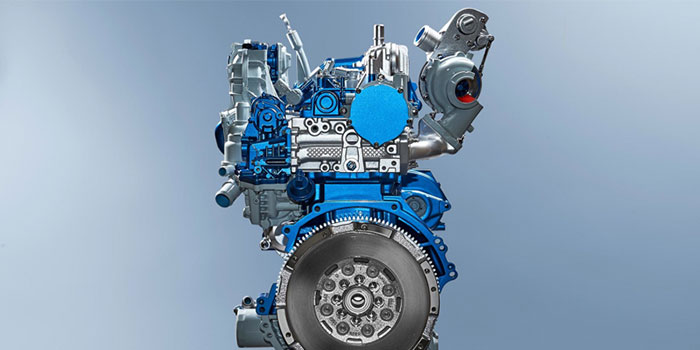
Ford EGR-ESM Diagnosis
The EGR system module (ESM) is one of Ford’s latest EGR system for gasoline engines. It is an EGR valve, EVR, MAP and DPFE sensor rolled into one package. Though the DPFE sensor on an ESM is referred to as “DPFE” by the scan tool and also wiring diagrams, it is not a traditional DPFE sensor as used on the older EGR system. It is actually two separate MAP sensors.

Valve Timing Events And The Order Of Importance
Valve timing events can be tailored in several ways. Option one is duration can be added or subtracted. If duration is added to the lobe, the valve is opened and closed later. Conversely, removing duration delivers inverse results. The other method is advancing or retarding the camshaft. Advancing the cam lobe opens and closes the valve earlier, while retarding the lobe produces the opposite occurrence.
